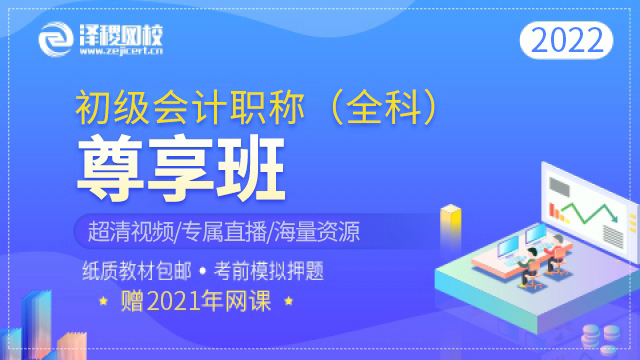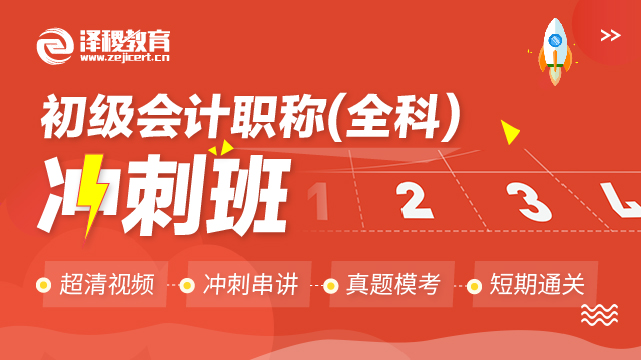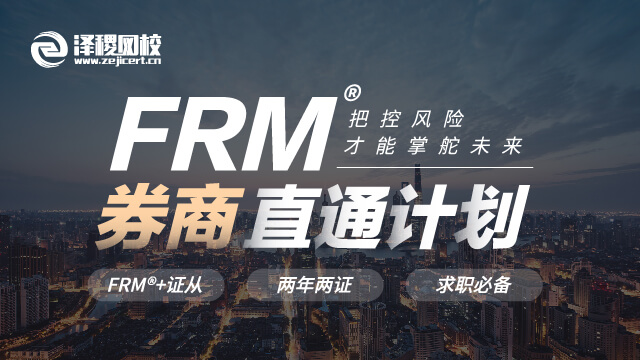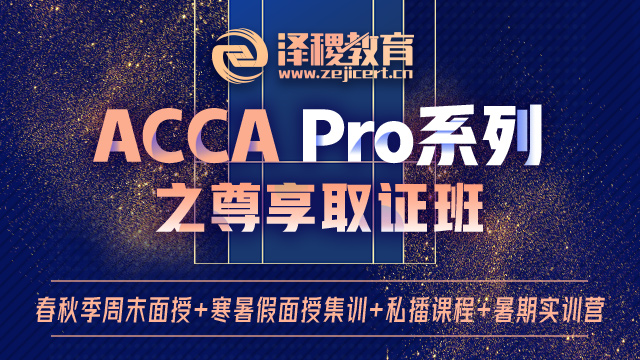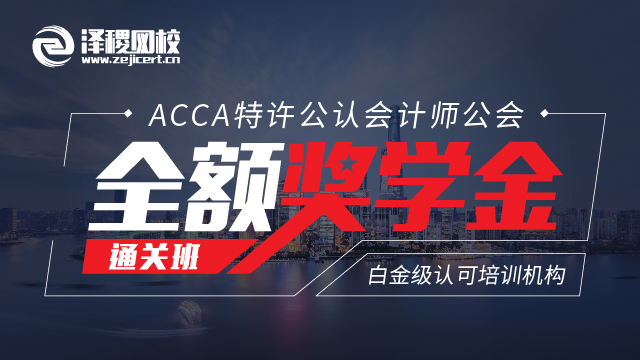ACCA F2 全称是Management Accounting,这一门课程是管理会计的内容,课程总体难度不大,差异分析的部分考试可能有些难度,另外一些财务比率的计算需要掌握,为今后的学习打好基础。以下是学员整理的一些F2学习笔记供新学员参考。
1. Target cost= target selling price – target profit = market price – desired profit margin.
2. cost gap= estimated cost – target cost.
3. TQM :
① preventing costs
② appraisal costs
③ internal failure costs
④ external failure cost
4. Alternative costing principle:
①ABC(activity based costing)
②Target costing
③Life cycle
④TQM
5. Time series:
①trend
②seasonal variation: ⑴ 加法模型sum to zero; ⑵ 乘法模型 sum to 4
③cyclical variation
④random variation
6. pricipal budget factor 关键预算因子: be limited the activities
7. budget purpose :
①communication
②coordination
③compel the plan
④motivative employees
⑤resource allocation
8. Budget committee 的功能 :①coordinated ②administration
9. Budget : ①function budget ②master budget : 1. P&L ; 2. B/S ; 3. Cash Flow
10. Fixed Budget: 不是在于固不固定,而是基于一个业务量的考虑,financail expression.
Flexible Budget : 包含了固定成本和变动成本,并且变动成本的变化是随着业务量的变化而改变。
11. Flexible Budget 的优点:
① recognize different cost behavior.
② improve quality and a comparison of like with like
③ help managers to forecast cost, revenue and profit.
12. Flexible Budget 的缺点:
1 假设太简单。
2 需要更多的时间准备预算编制。
13. Controllable cost is a “cost which can be influenced by ” its budget holder. 大部分的变动成本是可控的,non-controllable cost 为inflation.
14. Budget Behavior :
① participate approach
② imposed budget
15. payback 投资回收期的缺点:
① ignore profitability
② the time value of money is ignored
③ 没有考虑项目后期带来的经济利益
④ arbitray 武断
16. payback 投资回收期的优点:
① easy to calculate
② widely use
③ minimize the effect of the risk and help liqidity
★ 如果在算投资回收期的时候,发生折旧,则需要加回折旧,因为折旧是非现金项目。
17.(1+ real interst rate)*(1+inflation rate) = ( 1+ nominal interest rate)
18. NPV = present value of future net cash flow – present value of initial cost
19. 永续年金 =A/i
20.每年的汇报是相同的就查看年金现值系数表,不同的就查看年金系数表。
21.EAR =CAR=APR=(1+r/n)n – 1 有效年利率
22.IRR:(based on cash flow analysis)
①IRR> cost of capital, NPV >0, worth taking
②IRR< cost of capital, NPV <0, not worthwhile.
23.ARR =average profit/ average investment (ARR 是基于profit)
Average investment = (initial investment – residual value)/2
24. type of standard:
①basic standard
②current standard
③ideal standard
④attainable standard
25.Variance
a.Material Variance
⑴total material variance= standard cost –actual cost
⑵material price variance= (standard price – actual price )* actual quantity
⑶material usage variance=(standard usage of actual output- actual usage) * standard price.
b.Direct Labor Variance
⑴standard pay – actual pay
⑵Labor rate variances= (standard rate – actual rate) * actual hrs of actual output
⑶Labor efficiency variances= (standard hrs of actual output – actual hrs) * standard rate
c.Variable production overhead variances
⑴Total variable O.H. variance = standard cost – actual cost
⑵Variable O.H. expenditure variance = (standard rate – actual rate) * actual hrs
⑶Variable O.H. efficiency variance = (standard hrs of actual output – actual hrs) * standard rate
d.Fixed O.H. expenditure variance
⑴Fixed O.H. Expenditure variance= budget expenditure – actual expenditure
⑵Fixed O.H. volume = (actual output - budgeted volume) * standard hrs per unit * standard rate per hr.
⑶Capacity variance= (actual hrs worked – budgeted hrs worked) * standard rate per hr
⑷Efficiency variance= (standard hrs worked for actual output – actual hrs worked)* standard rate per hr ⑴+⑵:Fixed O.H. total variance= fixed O.H. absorbed – actual expenditure
e.Sales variance
⑴Sales price variances = (actual price – budget price) * actual sales units
⑵ Sales volume variances = (actual sales units –budget sales units) * standard profit per unit
(absorption)
⑶Sales volume variances = (actual sales units –budget sales units) * standard CPU (marginal costing)
f.Idle time variances
Idle time variance = (expected idle time – actual idle time)* adjusted hr rate
26. The elements of a mission statement including:
①Purpose
②Strategy
③Policies and standards of behavior
④Values and culture
27. A critical success factor is a performance requirement that is fundamental to competitive success.
28. Profitability ratios
①Return on capital employed (ROCE)
=profit before interest and tax /(shareholders’ funds+ long-term liabilities) × 100%
② Return on equity (ROE)=profit after tax / shareholders’ funds × 100%
③Asset turnover=sales/ capital employed× 100%
=sales/(shareholders’ funds+ long-term liabilities) × 100%
④Profit margin= profit before interest and tax / sales × 100%
Profit margin × asset turnover = ROCE
29. Debt and gearing ratios
①Debt-to-equity ratio=long-term liabilities / total equity × 100%
②Interest cover=PBIT/ Interest× 100%
30. Liquidity ratios
①Current ratio =current assets/ current liabilities
②Quick ratio ( acid test ratio)=current assets minus inventory / current liabilities
31. Working capital ratios
①Inventory days= average inventory *365 / cost of sales
②Receivables days= average trade receivables * 365 / sales
③Payables days= average trade payables *365 / cost of sales (or purchases)
32. Non-financial performance measures
Non-financial performance measures are considered to be leading indicators of financial performance.
① Market share
②Innovation
③Growth
④Productivity
⑤Quality
⑥Social aspects
33. The balanced scorecard :
① financial perspective ② external perspective
③ customer perspective ④ learning and innovation perspective
34. Benchmarking :
① Internal benchmarking
② Competitive benchmarking
③ Functional benchmarking
④ Strategic benchmarking
35. Value analysis is a planned, scientific approach to cost reduction, which reviews the material composition of a product and the product';s design so that modifications and improvements can be made which do not reduce the value of the product to the customer or user.
36. Four aspects of ';value'; should be considered:
① Cost value
② Exchange value
③ Utility value
④Esteem value
37. ROI=PBIT / capital employed *100%
Widely used and accepted; As a relative measure it enables comparisons to be made with divisions or companies of different sizes.
38. RI=PBIT- Imputed interest * capital employed.
Possible to use different rates of interest for different types of assets; Cost of finance is being considered.
2017 ACCA学习资料大礼包(内含ACCA历年真题、考官文章、考官报告、备考宝典等实用学习资料),关注微信公众号:泽稷网校考友论坛(ID:zejiacca)即可领取:



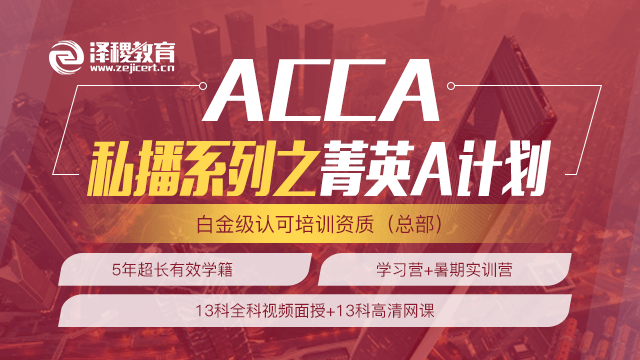
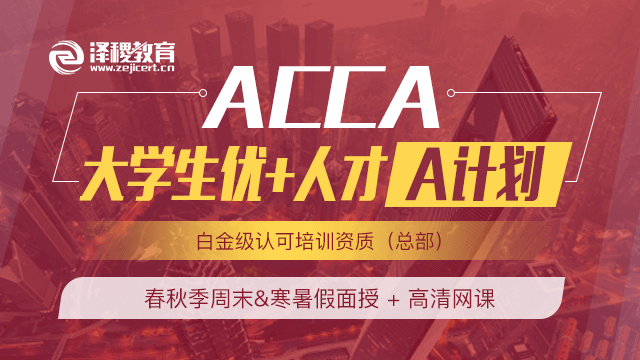
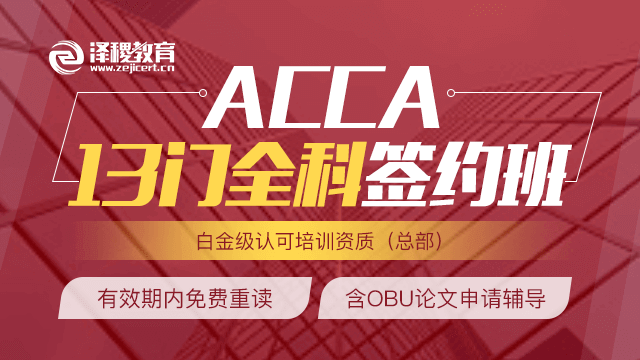
 白金级认可培训资质(总部)
白金级认可培训资质(总部)
 课程试听
课程试听
 职业规划
职业规划
 ACCA中文教材
ACCA中文教材
 考位预约
考位预约
 免费资料
免费资料
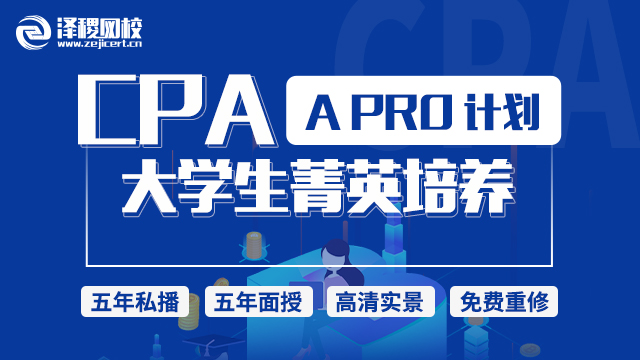
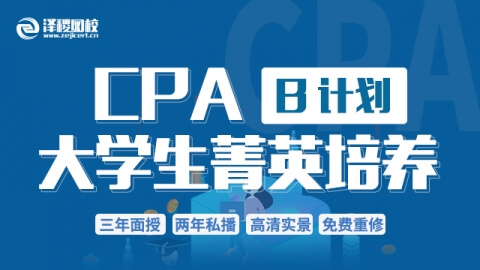
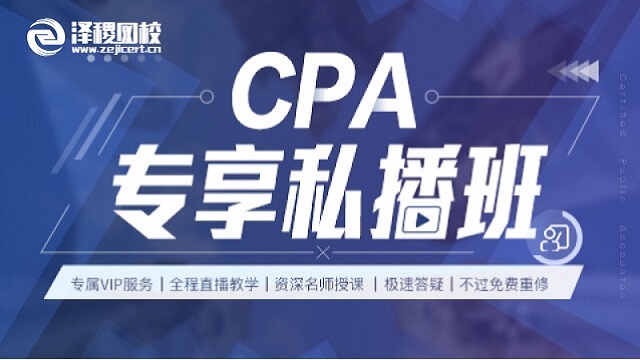
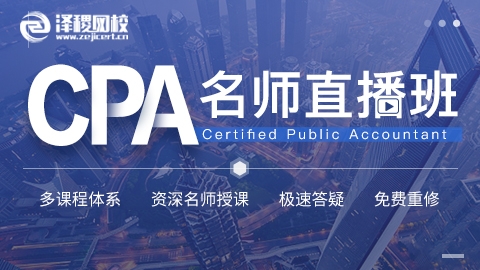
 题库下载
题库下载
 模拟机考
模拟机考
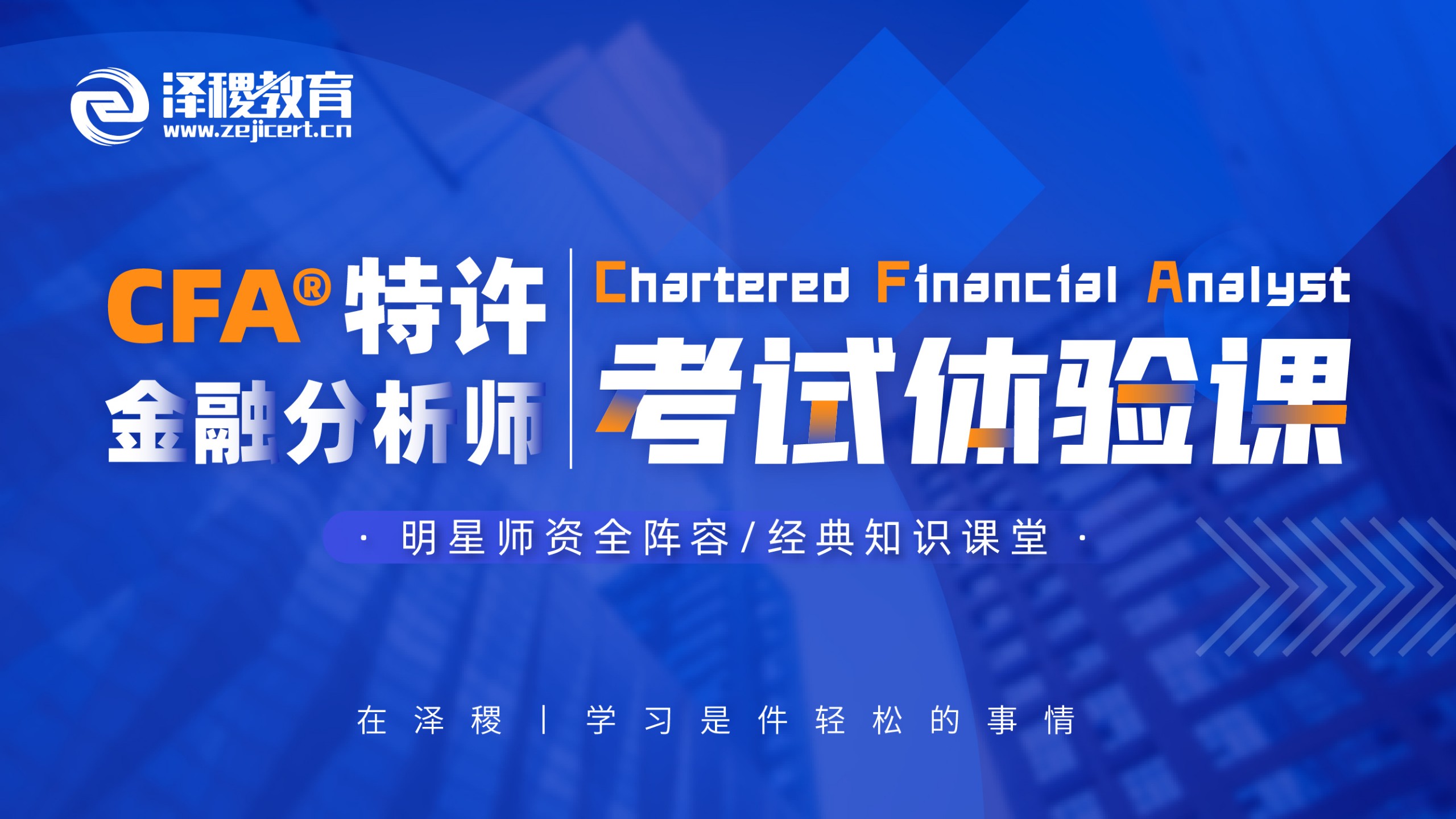
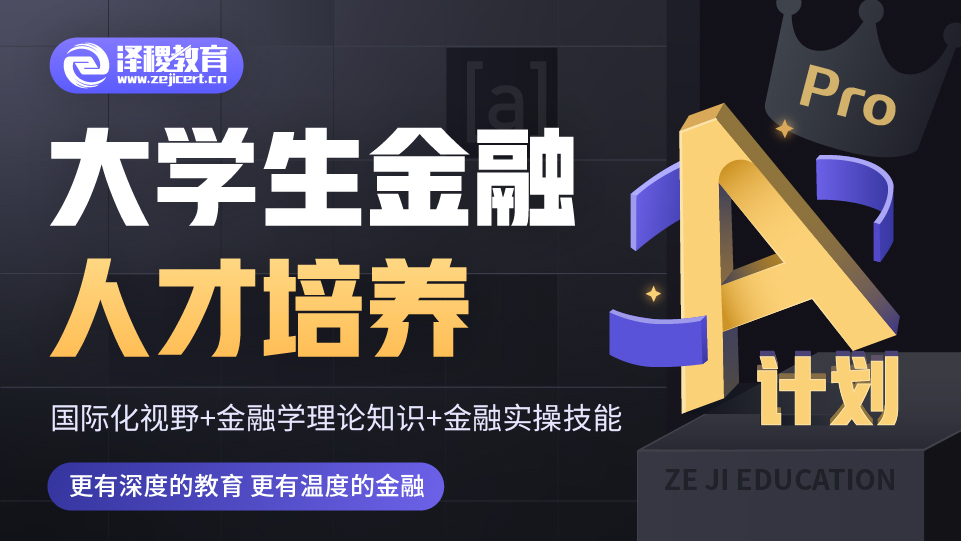
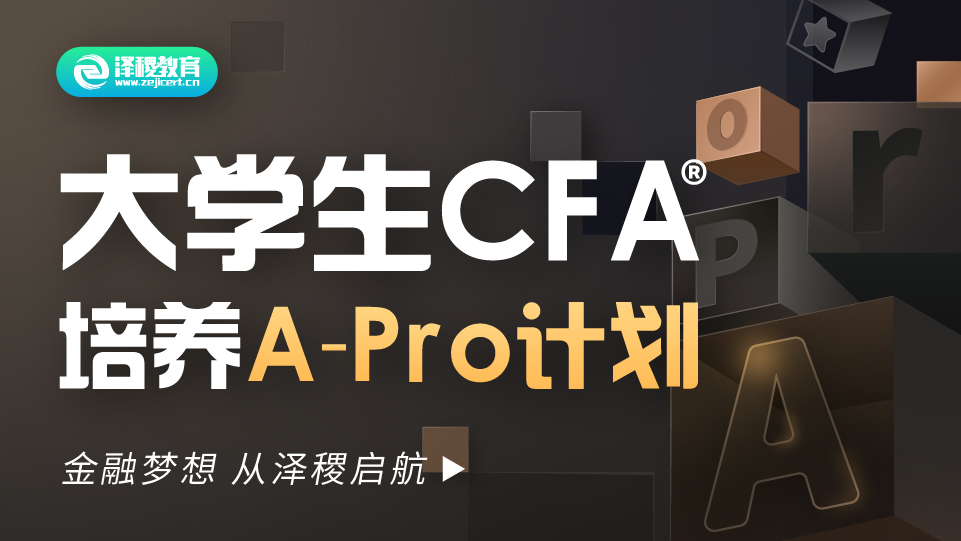
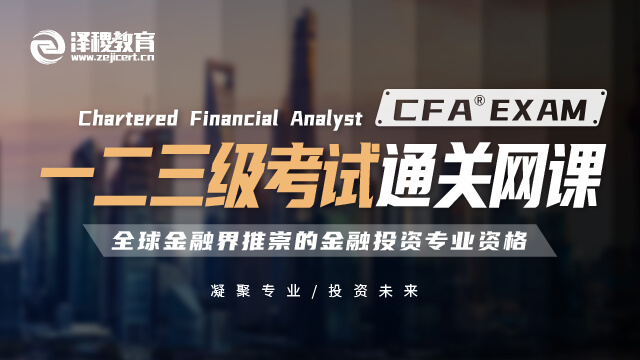
 CFA®成绩查询
CFA®成绩查询



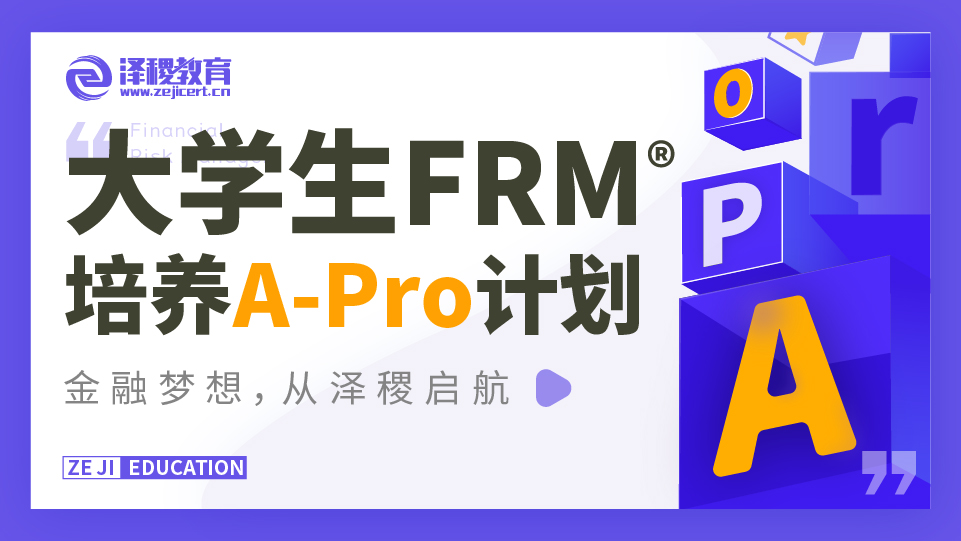
 GARP协会官方认可FRM®备考机构
GARP协会官方认可FRM®备考机构

